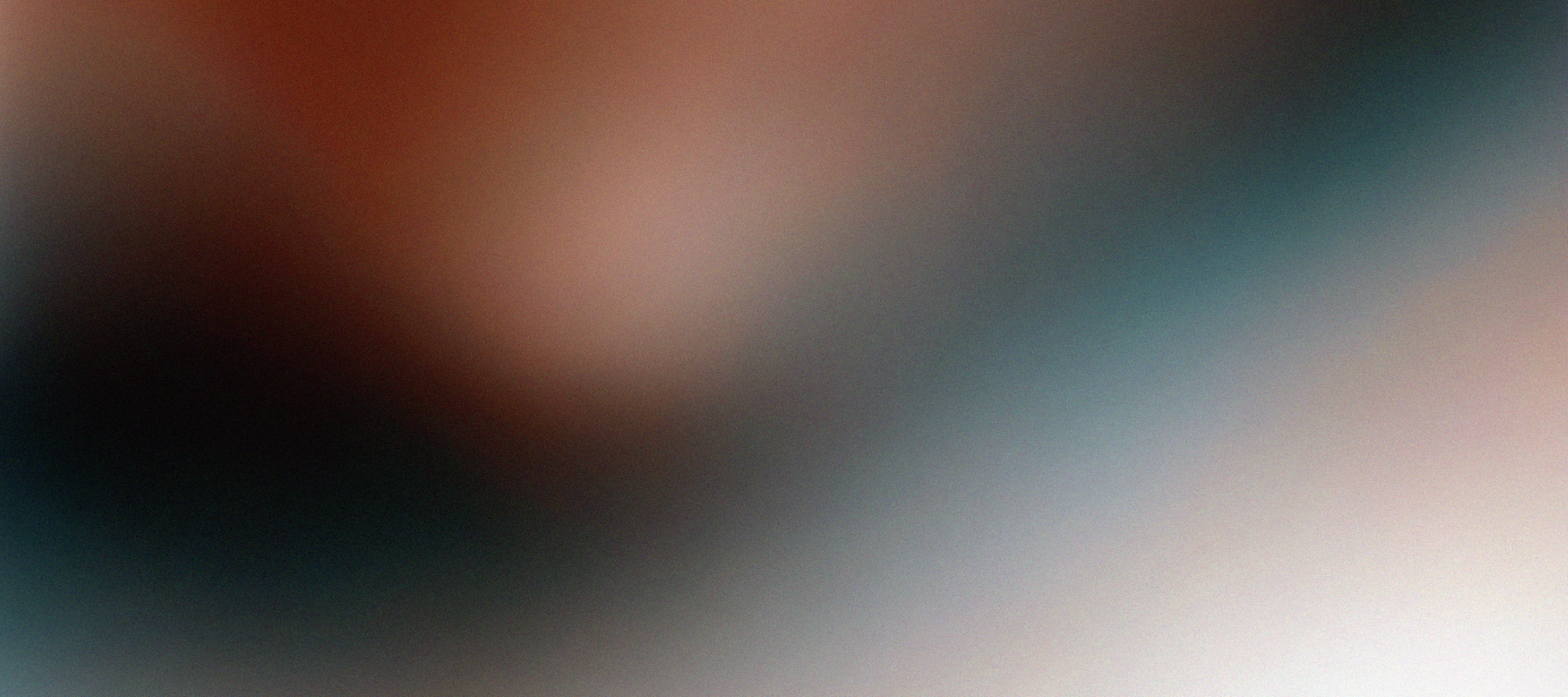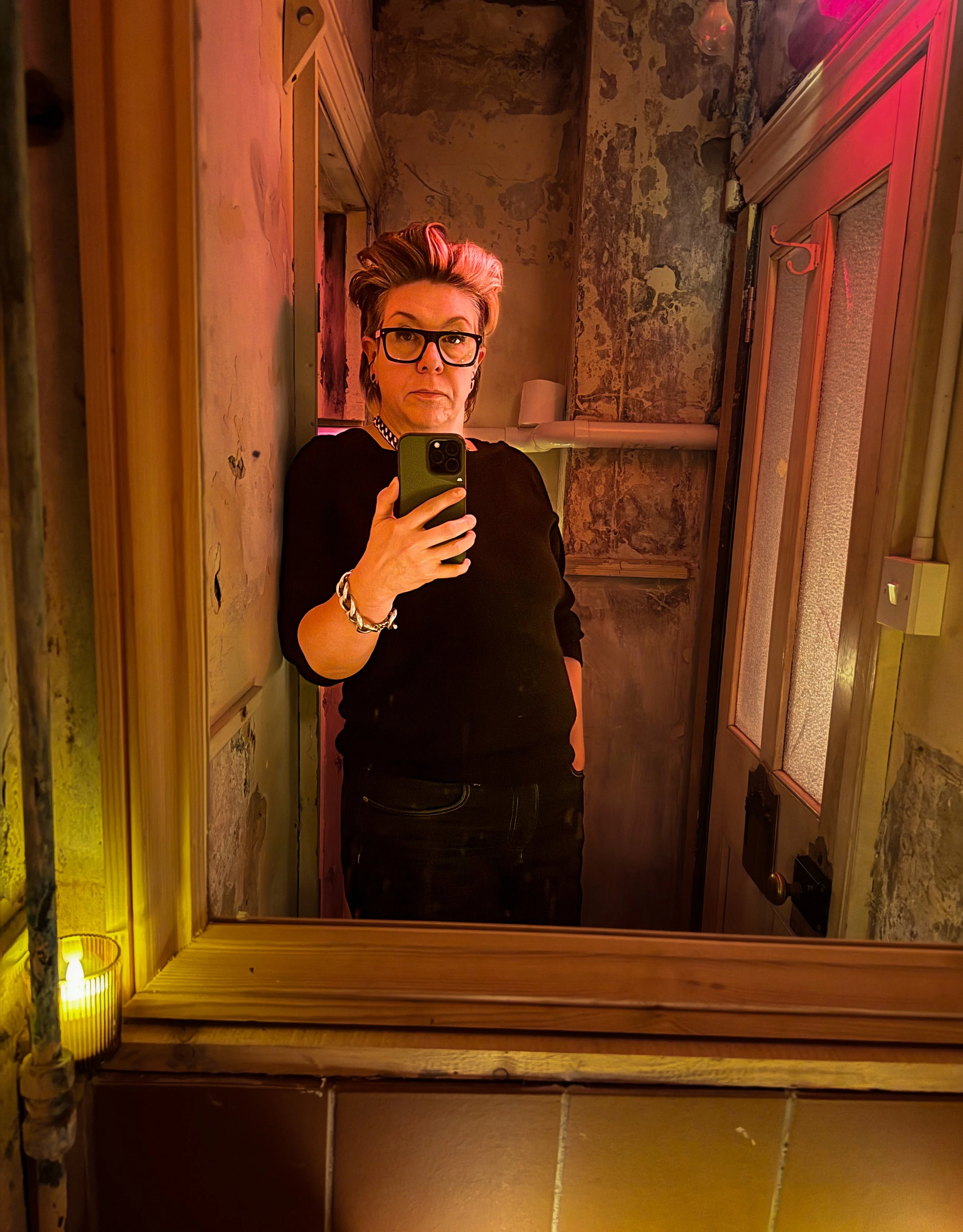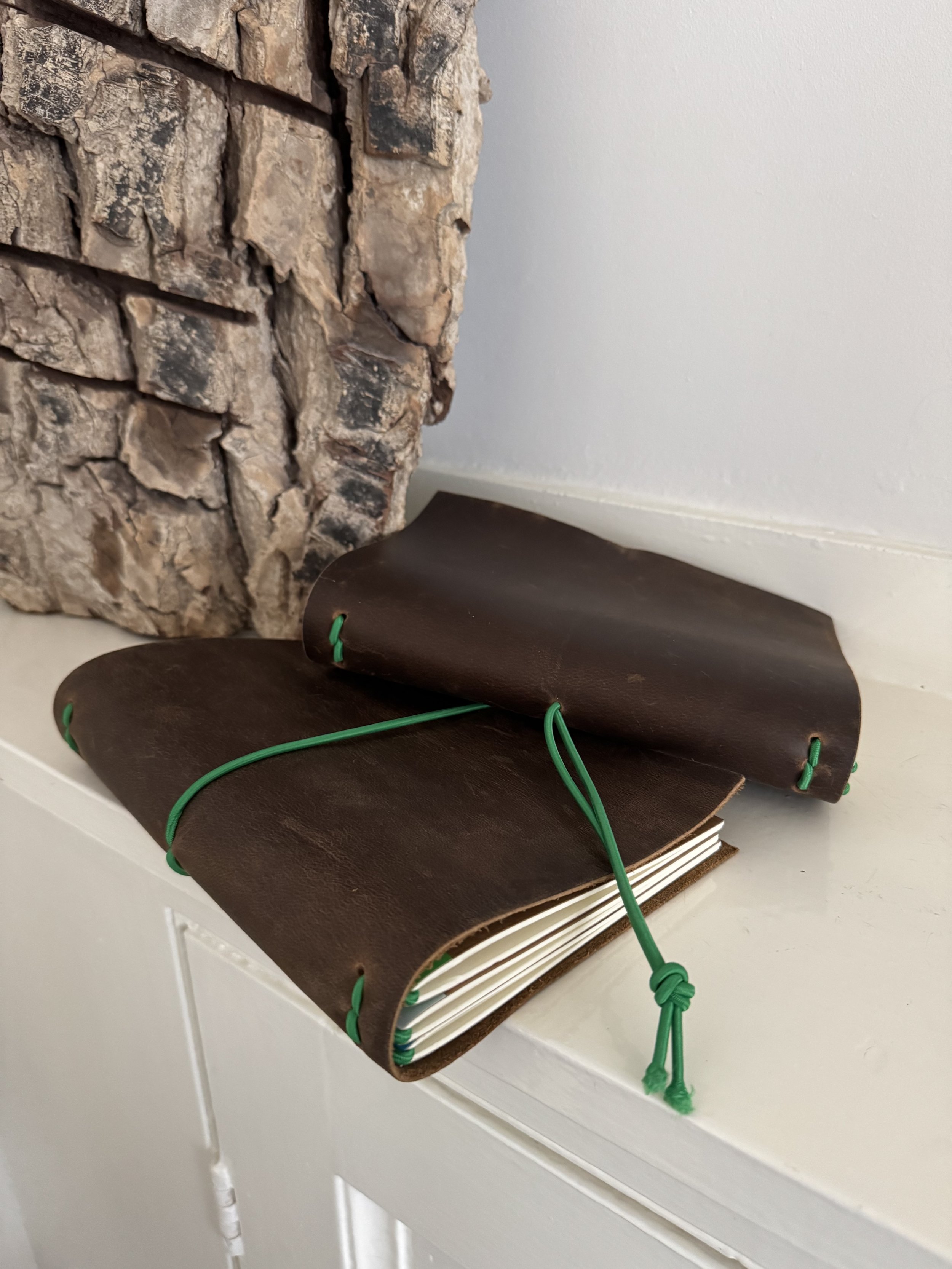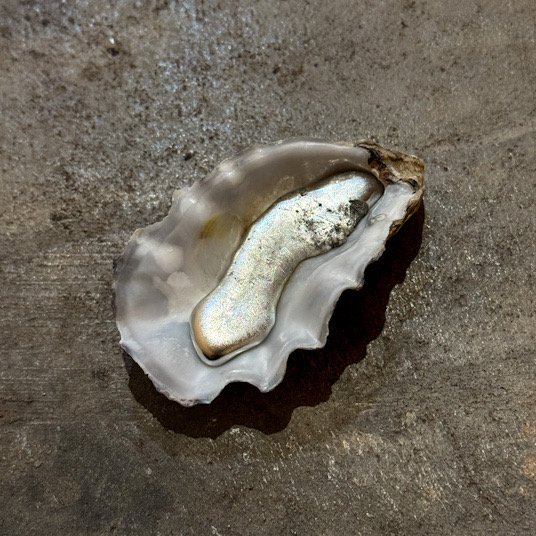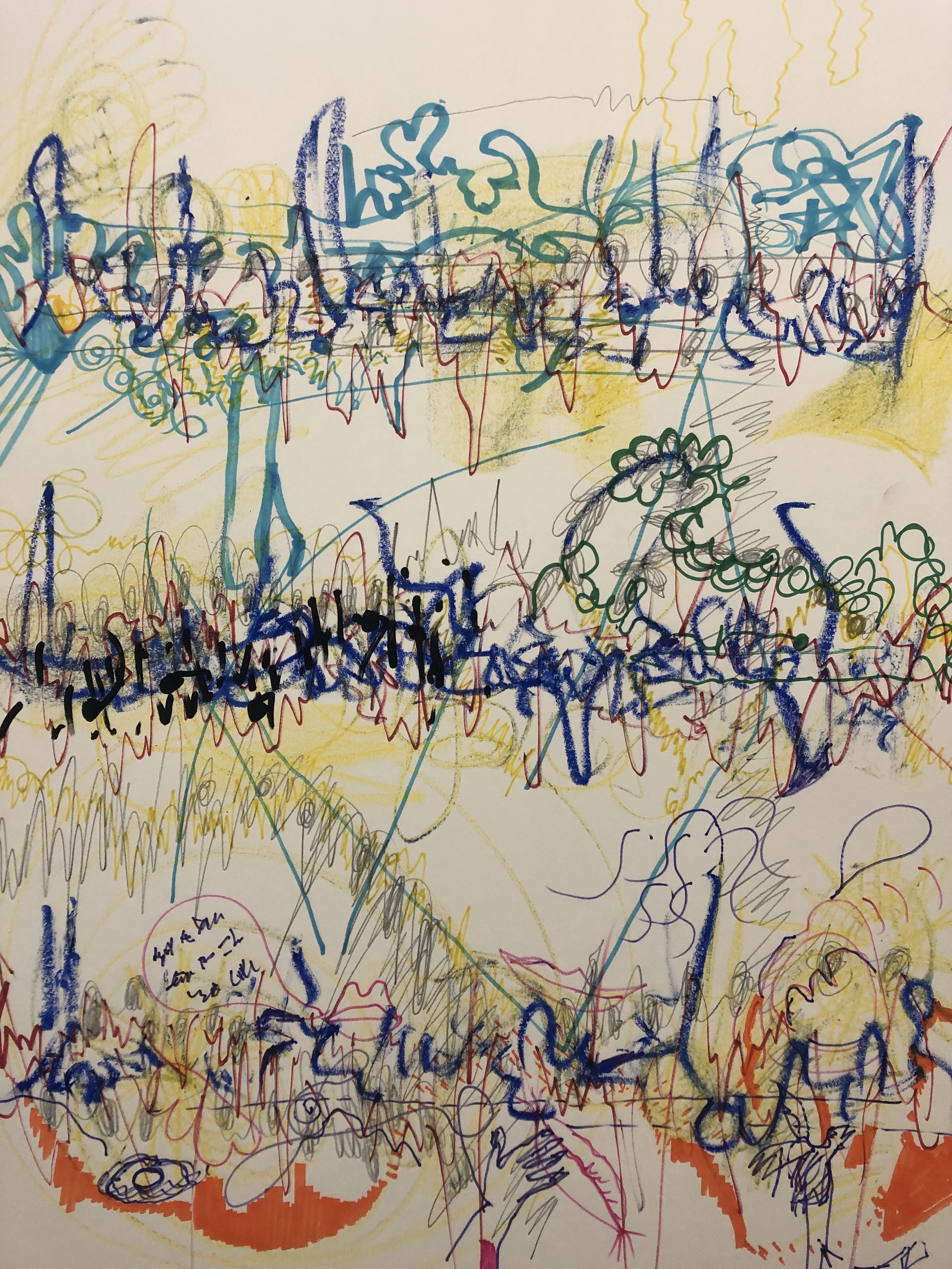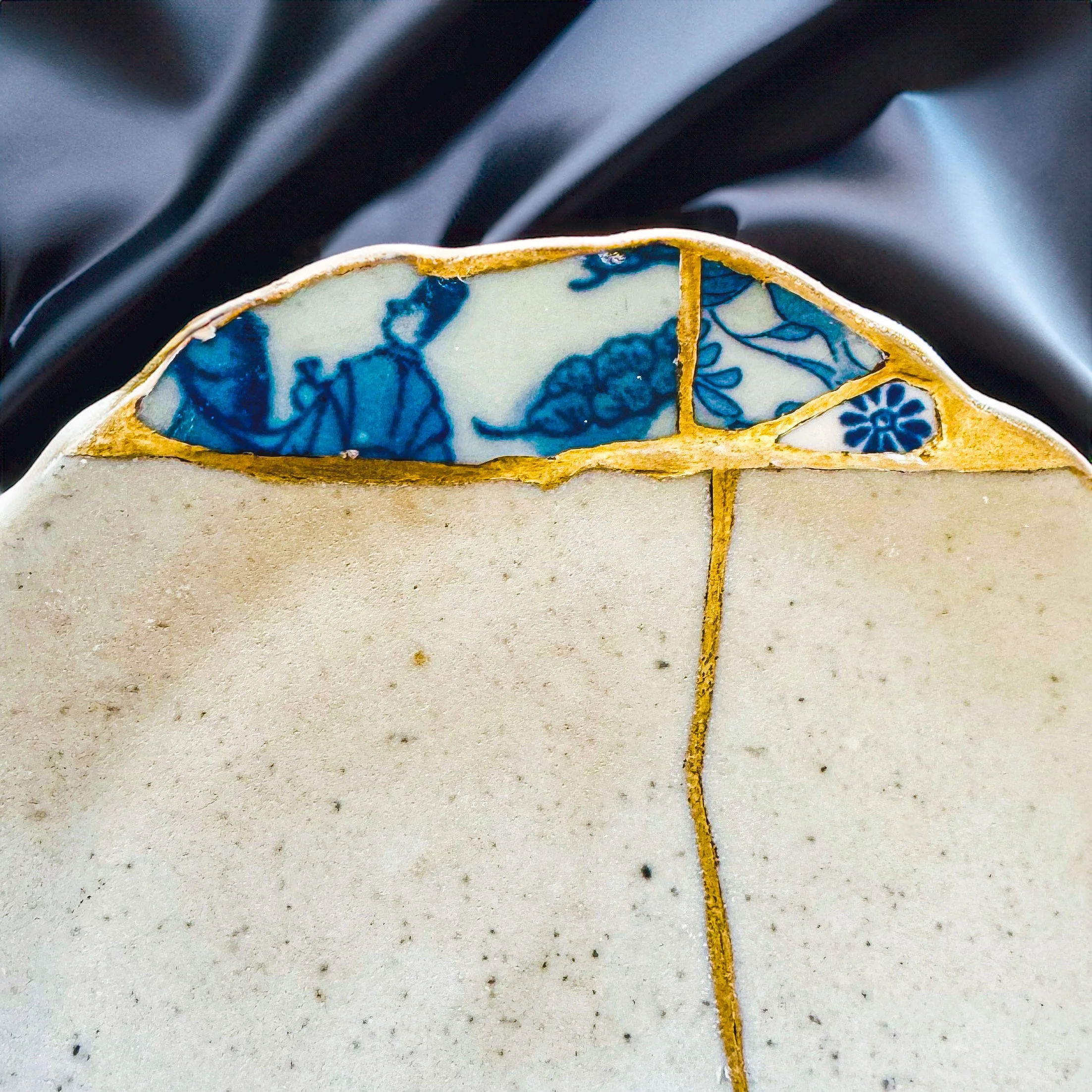
Creative Rituals for Navigating Life’s Thresholds
Shifting States helps people navigate difficult life stages using creative practice — identity shifts, menopause, career change etc
These happen to us all in one form or another throughout our lives and using creative practice, and object-based making can be an incredibly helpful tool, to calm the nervous system and help ground us all during these times.
I believe that anyone can benefit from making once we step away from the idea of trying to create a finshed object. The process itself is enourmously beneficial.
My name is Katie Taylor, and I am the founder of Shifting States. My work is rooted in a deep conviction that creative practice can offer meaningful support during periods of profound difficulty, a belief shaped by lived experience as well as professional practice.
In my early years, I navigated the complexities of growing up with two alcoholic parents while raising young children of my own. During this time, making, particularly knitting, became a vital stabilising force. The rhythmic, repetitive nature of the process offered grounding, reflection, and a quiet form of resilience when circumstances felt overwhelming.
This understanding later informed my work with the homelessness charity Crisis, where I served as an outreach arts facilitator, lead artist, and subsequently volunteer coordinator. Within this context, I witnessed first-hand how creative practice can restore confidence, create moments of psychological distance from their life situation, and enable the development of transferable skills that extend well beyond the making itself.
As an artist, my practice is driven by a fascination with materials, symbolism, and the ways in which material choice carries meaning. What something is made from is never neutral; it profoundly shapes what is communicated, felt, and remembered.
Alongside my practice, I am a PhD researcher examining belongings and the significance of what we hold close, particularly how objects can offer support during times of stress, loss, and transition. A seemingly mundane item can, for another person, become a deeply personal and irreplaceable anchor.
Through Shifting States, I bring together lived experience, socially engaged art practice, and rigorous research. My work supports others to explore how simple acts of everyday making and accessible ritual can provide stability through life transitions, while cultivating skills and practices that can be returned to again and again.
